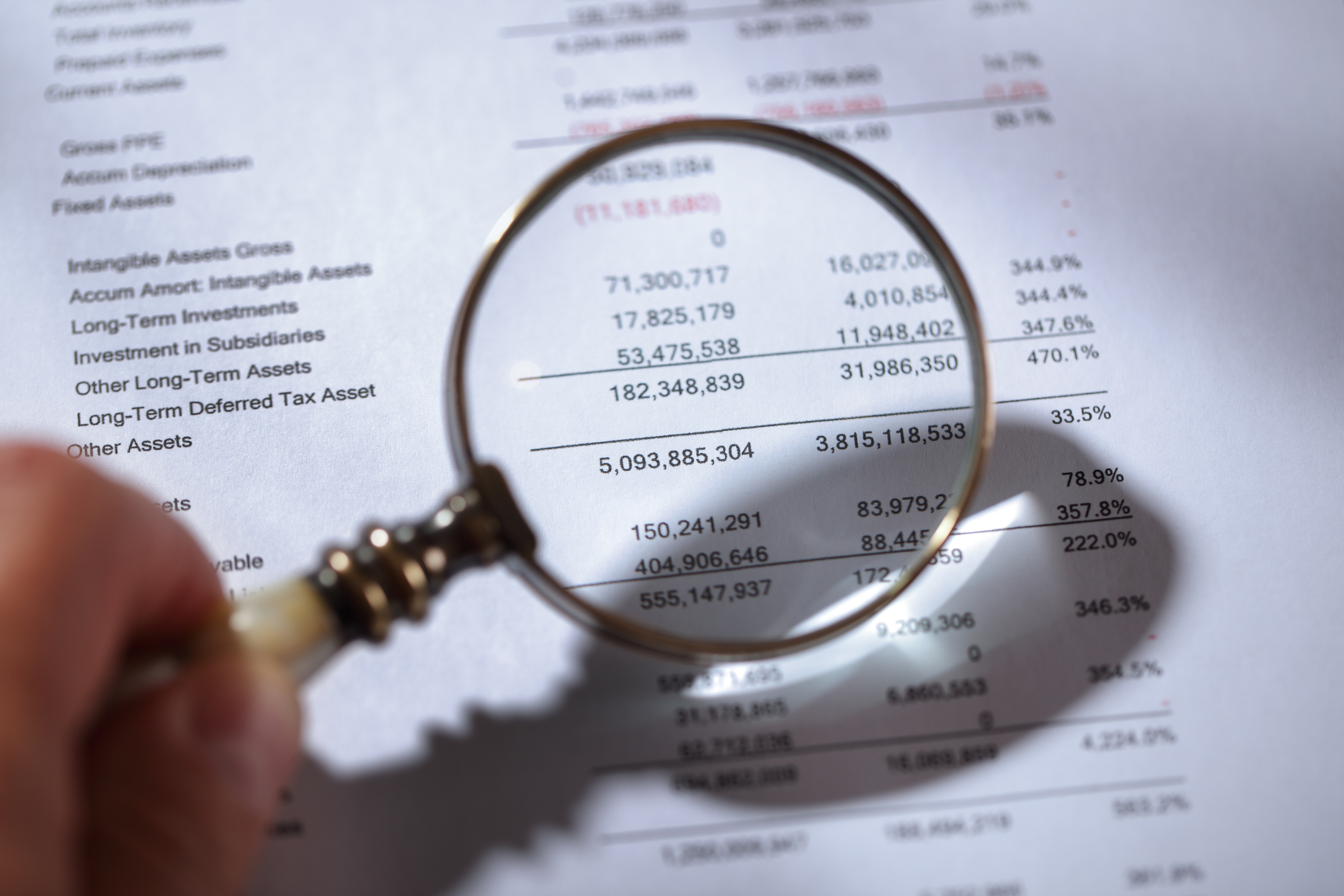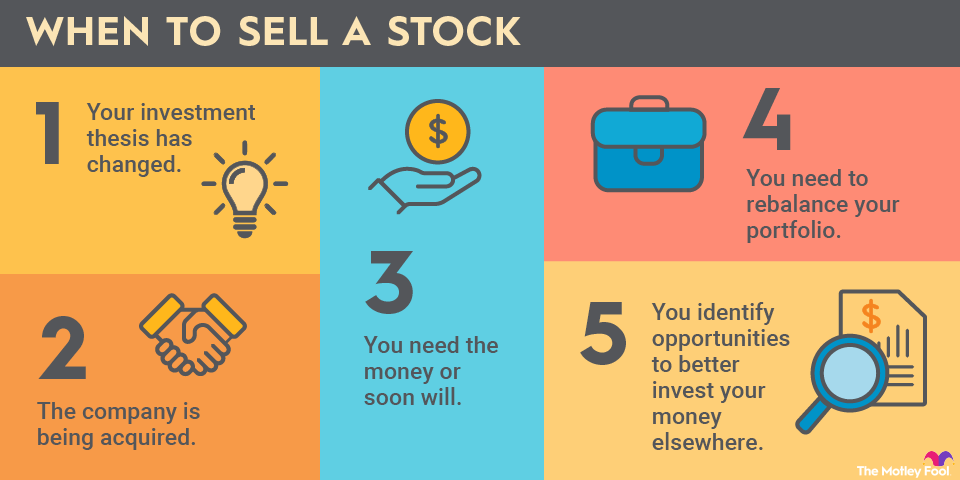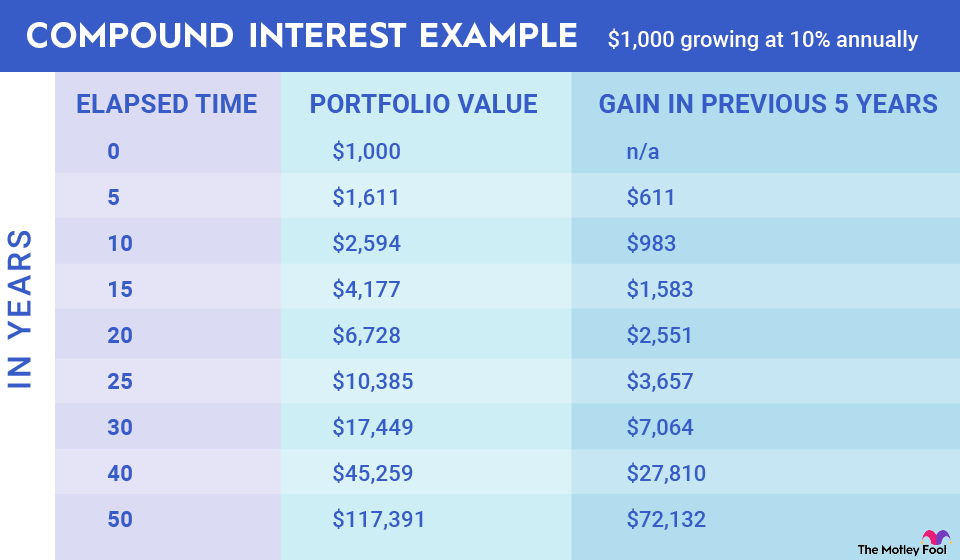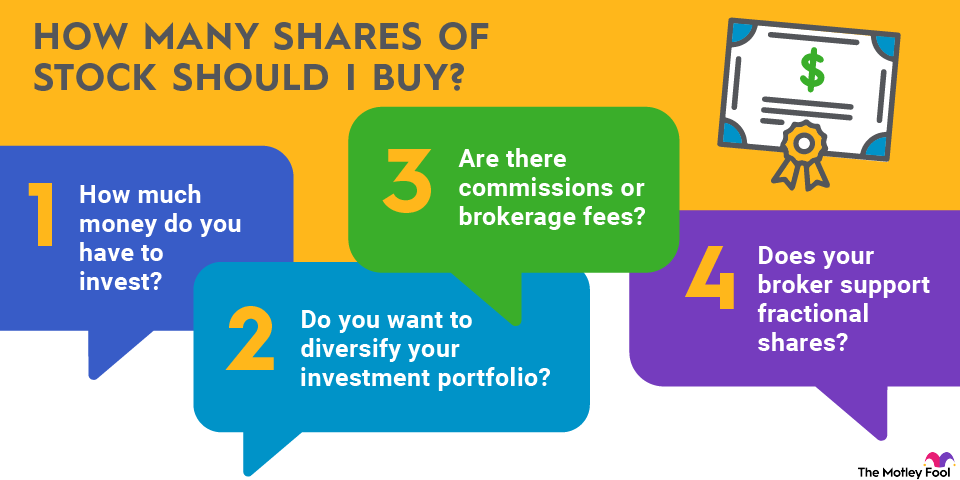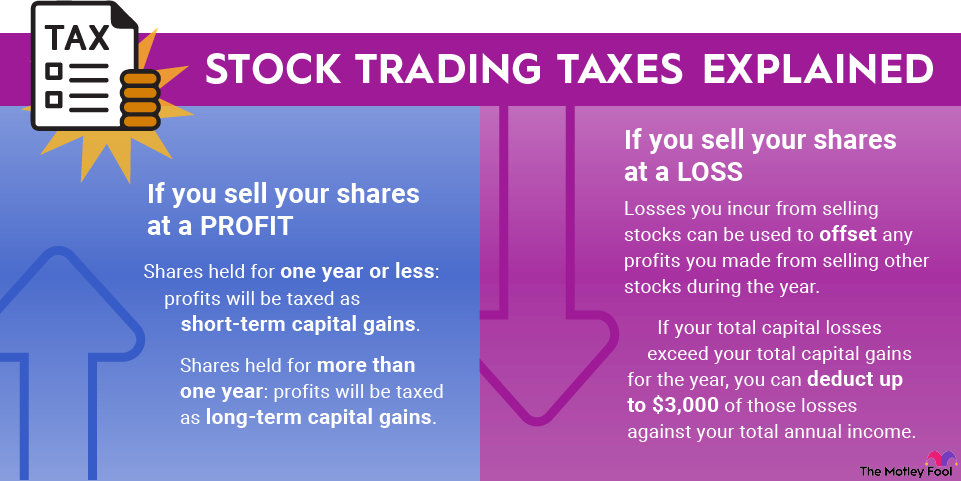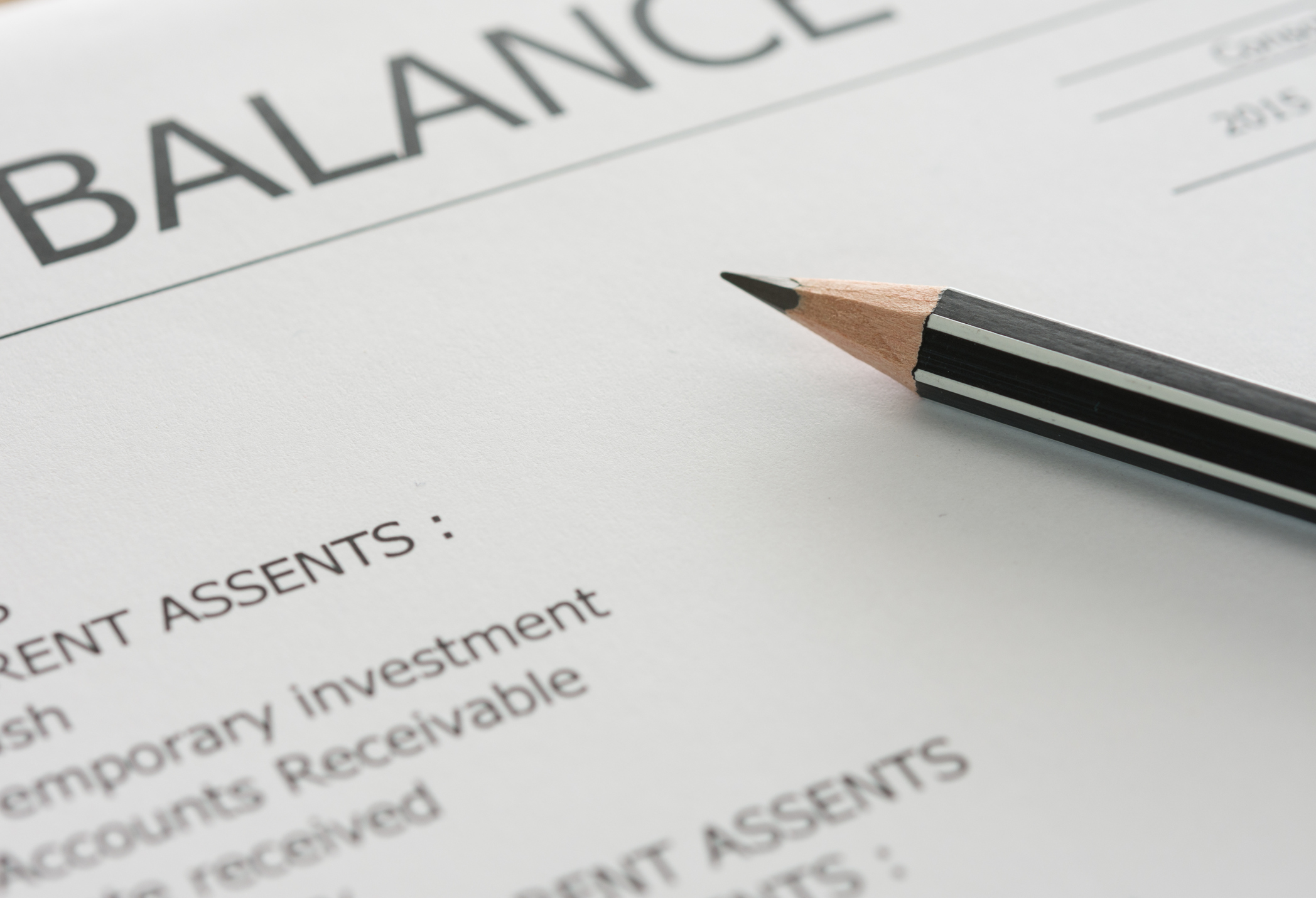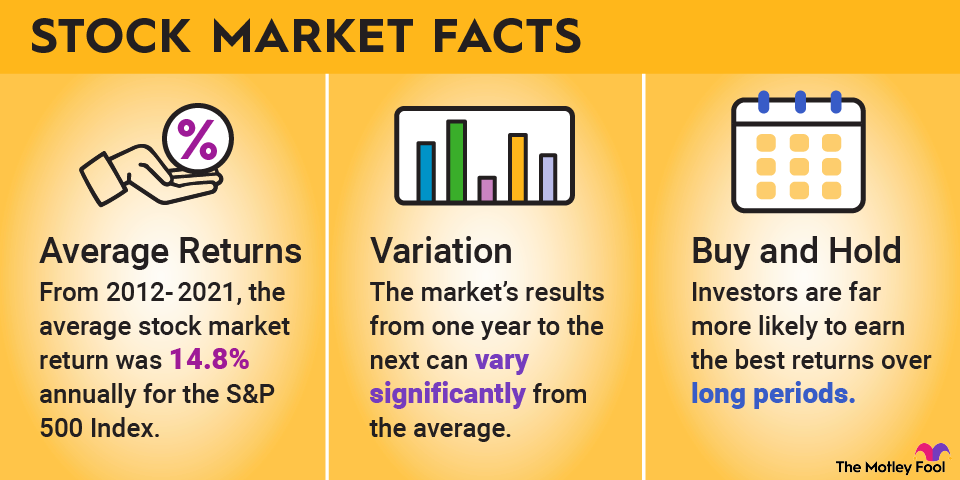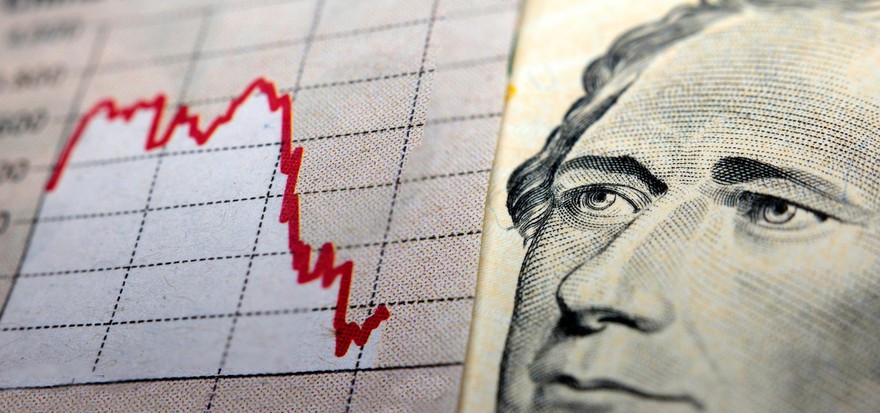If you're interested in the financial sector, you may have wondered who owns Bank of America (BAC +1.06%). Like any publicly traded company, Bank of America is owned by its shareholders. The Charlotte, North Carolina-based financial institution is the second-largest bank in the U.S., with roughly $4.3 trillion in assets at the end of 2024, second only to JPMorgan Chase (JPM +0.36%).

NYSE: BAC
Key Data Points
Bank of America offers virtually every banking product imaginable, including bank accounts, credit cards, mortgages, and loans. Amid the financial crisis in 2008, it also acquired investment firm Merrill Lynch and is most commonly referred to now as "Merrill."
Institutional investors own roughly 67% of Bank of America's shares, while insiders own about 8%. Let's dive in and learn more about who owns Bank of America, as well as who sits on its board of directors.
Who is the owner of Bank of America?
Bank of America was founded in 1904 by Amadeo Peter Giannini, the son of Italian immigrants. In 1927, Giannini had unified several local banks around the state of California under the name the Bank of America of California.
By 1930, he merged the original Bank of Italy and the Bank of America of California to create the Bank of America we know Today. When Giannini died in 1949, the bank had grown to more than 500 branches and $6 billion in assets.
Today, Bank of America is a publicly traded company, which means anyone with a brokerage account can invest in the stock. However, several institutions and some high-net-worth individuals hold large stakes in the institution. Interesting fact: The bank still has the same charter number as Giannini's original bank: No. 13044.
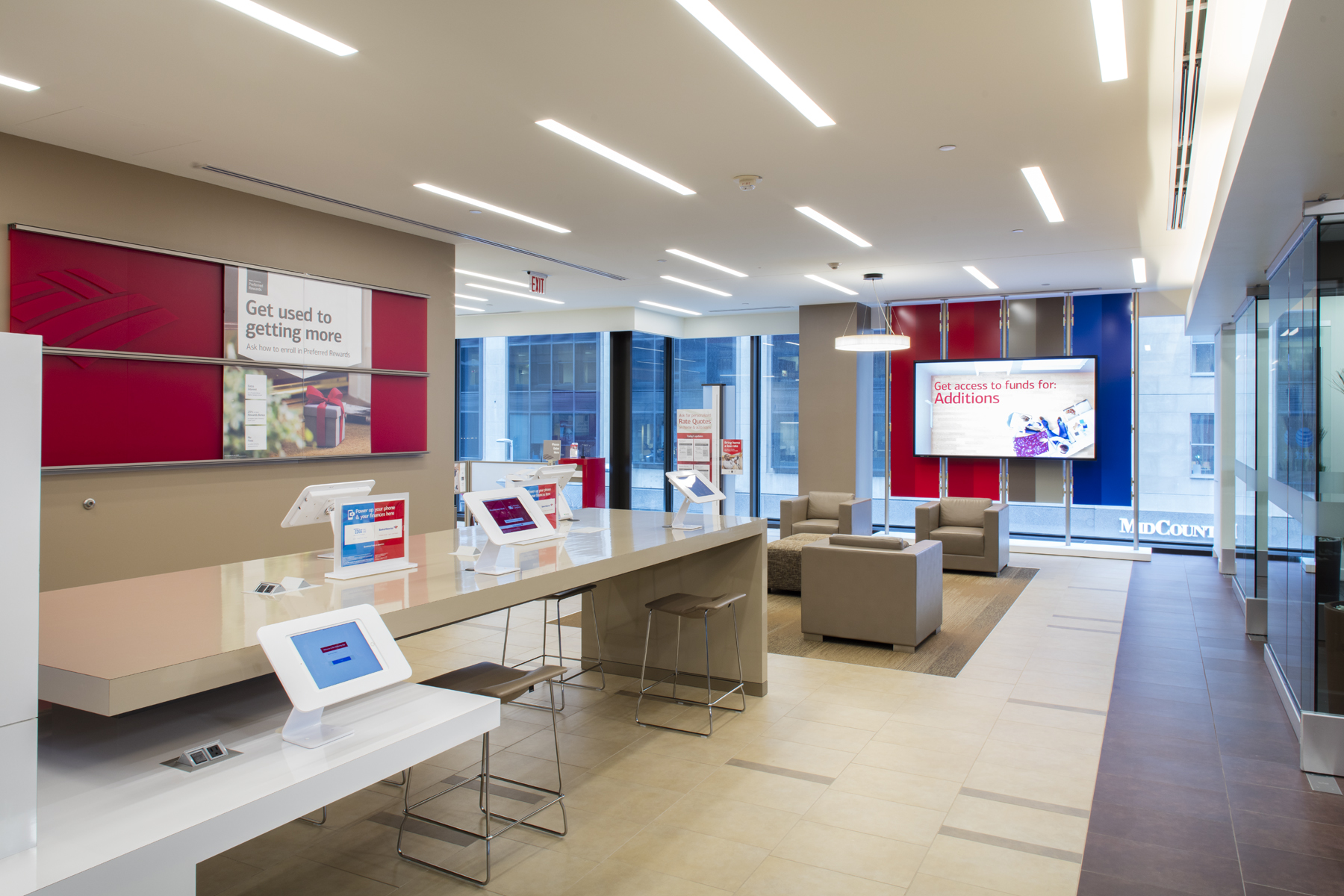

Who is on the board of directors for Bank of America?
Brian Moynihan: Moynihan has been CEO and chair of Bank of America's board since 2010. He holds a law degree from the University of Notre Dame and served in various roles at Fleet Boston Bank. He joined Bank of America after the banks merged in 2004.
Lionel Nowell III: Nowell is the lead independent director of Bank of America and has been on the board since 2013. He is the former senior vice president and treasurer of PepsiCo (PEP +1.08%).
Sharon Allen: Allen has been a Bank of America director since 2012. She had a 40-year career at Deloitte, one of the Big Four in accounting, and was the first woman to chair its board.
Jose "Joe" Almeida: Almeida is chairman, president, and CEO of American multinational healthcare company Baxter International (BAX +1.43%). He has been a Bank of America board member since 2022.
Pierre de Weck: de Weck is a Swiss national who was chairman and global head of private wealth management for Deutsche Bank AG. He joined Bank of America's board in 2013.
Arnold Donald: Donald is the former president and CEO of Carnival (CCL -0.77%) cruise line. He has served on Bank of America's board since 2013.
Linda Hudson: Hudson is the former president and CEO of aerospace defense and security company BAE Systems Inc. and the former chair and CEO of business consulting firm The Cardea Group Inc. She's been a Bank of America director since 2012.
Monica Lozano: Lozano spent 30 years at La Opinion, the largest Spanish-language newspaper in the U.S., including roles as editor and publisher. She was also chair and CEO of its parent company, ImpreMedia LLC, and a director for both Apple and Target (TGT +0.12%). Lozano joined Bank of America's board in 2006.
Maria Martinez: Martinez is a former executive officer working across industries, with her most notable roles being in leadership positions at Cisco Systems, Salesforce Inc., and Microsoft. She joined Bank of America's board of directors in January 2025 as one of the newest members.
Denise Ramos: Ramos was previously president and CEO of manufacturing company ITT (ITT -0.67%). She became a Bank of America board member in 2019.
Clayton Rose: Rose spent 20 years at JPMorgan Chase and its predecessor company, serving as vice chairman. He is a former president of Bowdoin College and is now a faculty member at Harvard Business School. He's been on Bank of America's board since 2018.
Michael White: White's past roles include serving as chairman, president, and CEO of DirecTV and CEO of PepsiCo International. He joined Bank of America's board in 2016.
Thomas Woods: Woods is a past vice chairman and senior executive vice president for Canadian Imperial Bank of Commerce (CBC). He has served as a Bank of America director since 2016.
Maria Zuber: Zuber is vice president of research and a geophysics professor at Massachusetts Institute of Technology (MIT). She is the first woman to lead a science department at MIT and the first woman to lead a NASA planetary mission. She joined Bank of America's board in 2017.
Related investing topics
How to invest in Bank of America
Because it's a publicly traded company, anyone with a brokerage account can invest in Bank of America stock. Once you've opened and funded the account, you'll need to enter its ticker, BAC. Indicate how many shares you want and whether you want to place a market order or a limit order, then place your order.
It's important to understand the pros and cons of investing in bank stocks before you put money into the company. For instance, bank stocks tend to be cyclical, meaning they usually perform well in good times but poorly in a recession, when consumers pull back on spending and are more likely to default on loans.
It's also possible to get Bank of America exposure by investing money in an ETF. You could invest your money in a fund that focuses exclusively on financial stocks, but you'd also get exposure by investing in a fund that tracks the overall stock market, like an S&P 500 fund.
